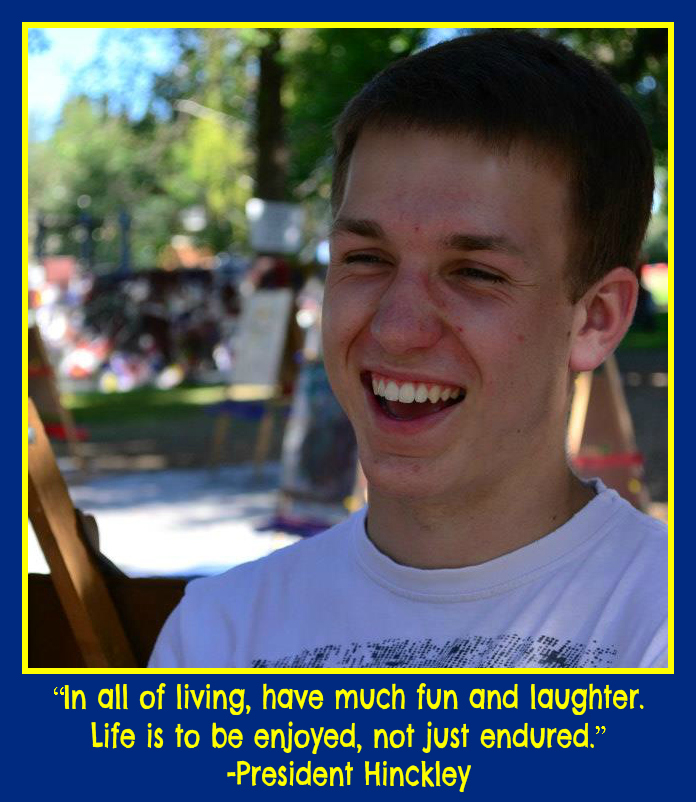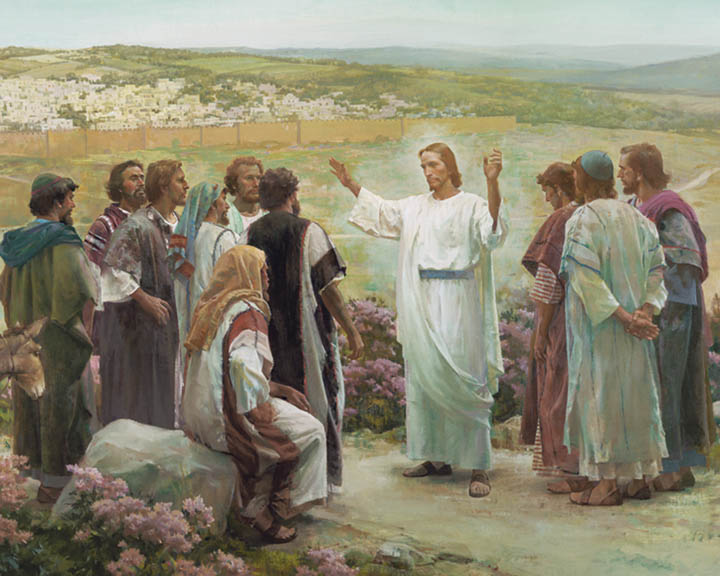Near the small town of Palymra in upstate New York, there is an unusual gathering of Mormons each summer. Palmyra is the modern birthplace of the faith, whose actual name is The Church of Jesus Christ of Latter-day Saints. Mormon is merely a nickname some people use to describe the people who belong to it.
Every summer, hundreds of Mormons decide to spend their family vacation participating in a unique pageant celebrating the Book of Mormon and the modern origins of the religion. 750 are in the cast and many more work behind the scenes. They participate as families, so many children are in the program as well. The challenge of organizing a group this large, even children, into a well-run pageant in just one week would baffle most Broadway producers, but the Mormons do it every year. Of course, many of the participants have done this before, but many more are new. Casting assignments are made the first day and rehearsals are quickly underway. The music and voices are already recorded, so the actors do not need to be able to sing.
The current script is written by the famous Mormon science fiction author Orson Scott Card and has been performed since 1988, although the pageant itself celebrated its 75th anniversary in 2012. It introduces visitors to the storyline of the Book of Mormon, which, like the Bible, has a storyline, although the storyline is not the main purpose of the book. Mormons use both the Book of Mormon and the Bible in their worship. The pageant also takes the audience into modern times and the founding of the Church.
The Book of Mormon begins with a prophet living in Jerusalem just prior to the fall of that great city. When his life is endangered due to his prophecies of destruction, he is commanded by God to leave behind his wealth and to take his family and only the necessities for survival into the wilderness with him. Eventually they end up in what is today the Americas—not on an empty continent however. Modern Mormon scholars believe, due to population studies, the continent was already populated even though other existing cultures are not mentioned and that there must have been some mixing of the cultures through intermarriage and conversions.
The new civilization divides into two groups after the death of the prophet. His two oldest sons form the Lamanites, who are wicked and have rejected the faith of their fathers. The fourth son heads a group, known as the Nephites, that continues the teachings of their father and is the line through which the prophets on this continent continue. The two cultures clash throughout the centuries but eventually, only those who are righteous remain. They are permitted to meet the recently resurrected Jesus Christ, fulfilling Jesus’ Biblical explanation that he had other sheep to visit.after he left the earth following his resurrection and visit with the apostles.
Unfortunately, the newly found righteousness only lasts a few generations. Those who were not yet born when the Savior spent His three days with the people did not always believe it happened and some restored the old Lamanite culture. The clashes continued and in time, the Nephites also begin to fall away from their faith. They had always been promised that as long as they remained faithful God would protect them, but they eventually failed to keep their share of the promise and when they found themselves in a fierce battle with the Lamanites, God did not step in to help. Most were killed in the battle and those who were not were systematically found in their hiding places and killed. Their prophet, Mormon, for whom the book is named, had been working to condense the lengthy records compiled by the people since coming to the Americas, but was killed before completing it. His son, Moroni, who may have only been a teenager at the time, assumed leadership of the small group of people remaining, tending to their needs until they were all dead. Finally he was the only remaining person among the once-great Nephite population. He completed the abridgement and buried it safely at the Hill Cumorah. He then fled the area, since his life was still being hunted down, returning just once to add to the record before again fleeing.
Moroni’s remaining life is unknown, but he returned as an angel to direct Joseph Smith to the records he had once buried and to tutor him in preparation for the restoration of the complete gospel of Jesus Christ.
It is this story that is portrayed in the pageant. While most visitors are Mormon, some are not. Those who are not sometimes find the storyline a little confusing since it is a highly abbreviated telling and written more for those who already know it. However, visitors are usually impressed by the kindness and friendliness of the Mormons they meet there and there are always many ready to help visitors understand what they are seeing.
The pageant is performed seven evenings and it is free to everyone and open to the public. Participants do so at their own expense, with the church picking up the tab for the costs of the pageant. The participants do several service projects during their week of rehearsals as a thank you to the community, although the pageant, while bringing a great deal of traffic to the surrounding area, also brings in much needed income.
Read more about the pageant:
Pageant of Mormon History and Mirth: A 75-year-old New York tradition that only looks like the rapture, John Turner, WSJ.com, July 19, 2012
Hill Cumorah Pageant, official site
About Terrie Lynn Bittner
The late Terrie Lynn Bittner—beloved wife, mother, grandmother, and friend—was the author of two homeschooling books and numerous articles, including several that appeared in Latter-day Saint magazines. She became a member of the Church at the age of 17 and began sharing her faith online in 1992.



